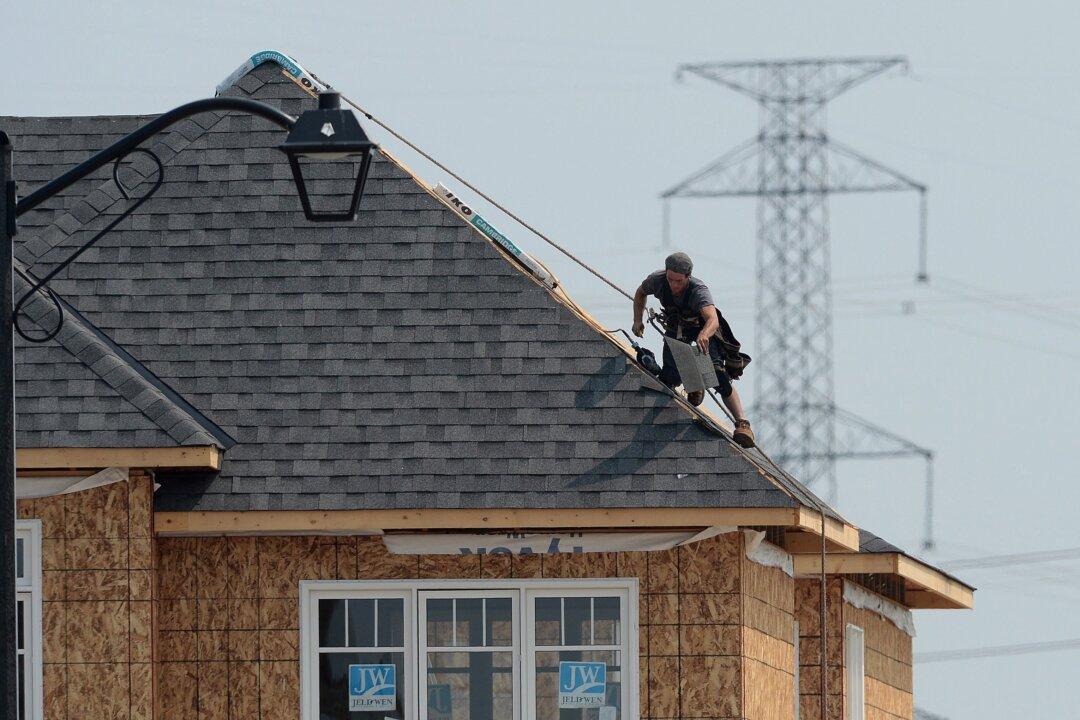While many cities across the country struggled with acute housing shortages, more than one in four of Canada’s urban neighbourhoods declined, according to a new study.
“Making Room for Growth, Housing Intensification in Canada’s Cities,” published by the Fraser Institute on June 8, said despite policymakers knowing there is a lack of new housing, some cities are seeing a decline in housing units in more than one-quarter urban neighbourhoods.





